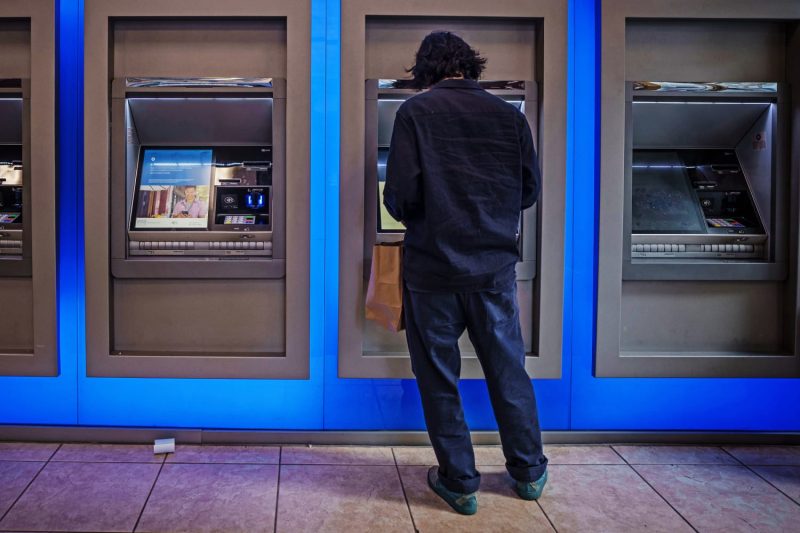Body:
Firstly, it is crucial to understand the concept of overdraft fees in the context of banking. This is a fee imposed by the bank when a customer’s account balance goes negative, often due to a purchase, withdrawal, or automatic payment that exceeds the available balance in the account. For years, these fees have been a significant source of income for big banks, but they’ve also been a point of contention for their customers.
Over recent years, with mounting pressure from both legislative bodies and consumer rights activists, big banks have made considerable reductions to their overdraft fees. This is notable progress in an industry that has historically faced criticism for the amounts charged in such fees, which can have a disproportionately adverse impact on low-income customers.
Despite these significant cuts in overdraft fees, latest reports suggest that big banks’ customers paid around $2.2 billion in these fees last year. This implies that although banks have reduced the cost of individual overdraft fees, the volume of instances where customers incur these fees remains high. This situation arises in part due to customers’ varying understanding of their banks’ overdraft policies, and many still unintentionally find themselves overdrawn, leading to charges.
The fact that customers paid hefty sums even after pronounced reductions in overdraft fees raises questions on the effectiveness of such measures taken by the big banks. There could be gaps in customer awareness about these policies, or perhaps the existing banking infrastructure still leads to a substantial number of customers having insufficient funds, thus incurring overdraft charges.
A noteworthy point to consider is the penchant of certain big banks issuing overdraft fees on a day-to-day basis, as opposed to singular transactions. This strategy means that once a customer’s account goes into negative, a daily fee is imposed until the account balance returns to positive, which can quickly become a costly situation for the customer.
One method that banks are currently exploring to help reduce the incidence of overdraft charges is to offer customers low balance alerts. These alerts, typically sent by text or email, warn a customer when their account balance is nearing zero and can help to prevent unnecessary charges.
Big banks such as Bank of America and Wells Fargo have also introduced newer, more customer-friendly overdraft policies. These include initiatives such as offering accounts with no overdraft fees or rolling out tools to help customers monitor their spending and avoid overdraft situations.
While the efforts big banks are making to reduce overdraft fees and increase transparency are commendable, the data suggests that more still needs to be done. Ongoing collaboration between banks, customers, and regulators is crucial to continue refining banking policies and procedures. Reducing the scale of amassed overdraft fees is well underway, but saving customers from having to pay billions every year will require innovation, education, and a sustained focus on customer financial health.




